Posted on 5/2/2022
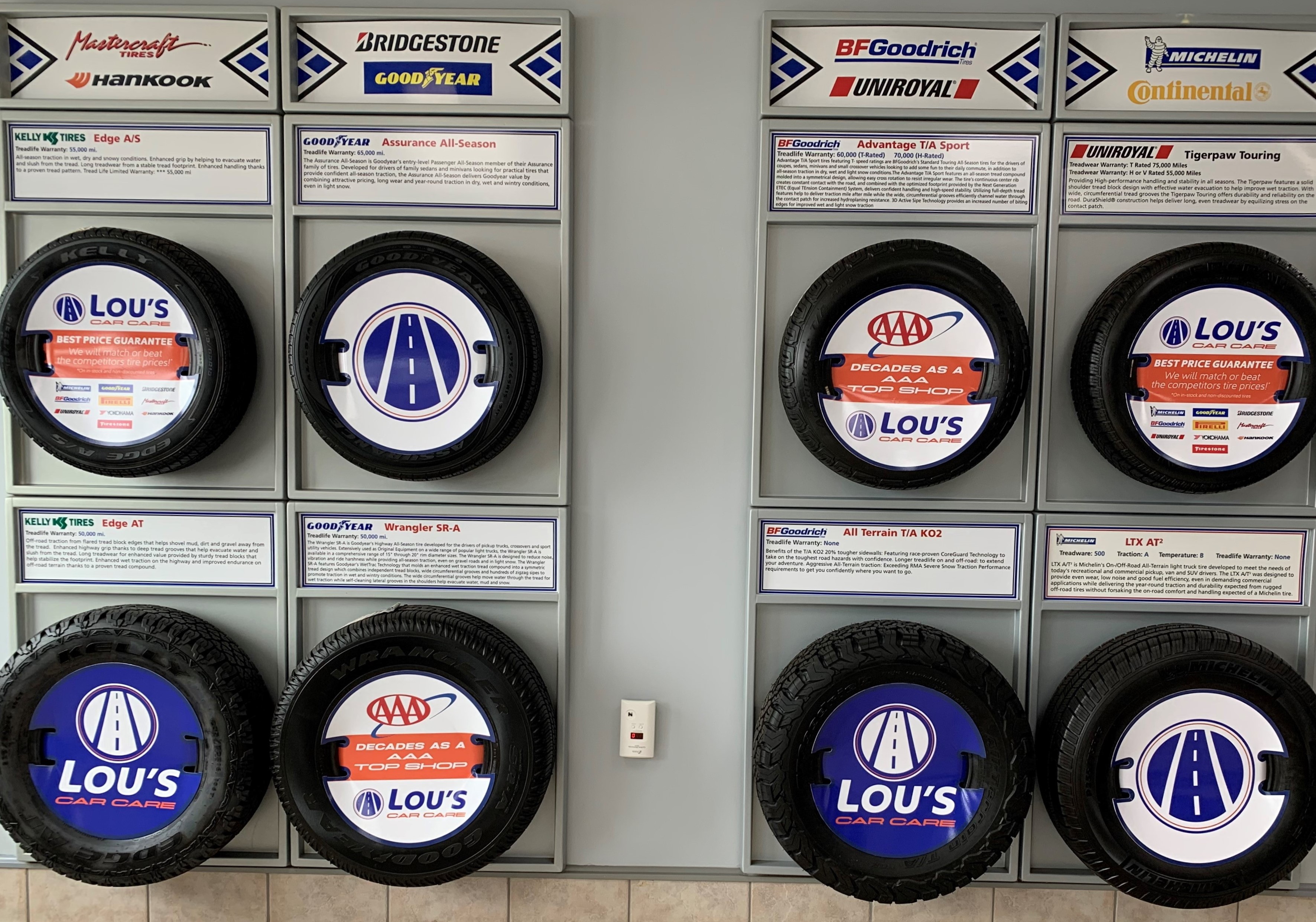
Tires are one of the maintenance items on a car that should be monitored regularly. Driving on worn tires is a safety hazard and could lead to additional complications with your vehicle down the road. If you’re getting ready to buy new tires, follow these 5 tips to find out how to choose tires that will fit your car and won’t break the bank. Tip #1: Check Your Owner’s Manual Your Owner’s Manual is a treasure trove of information for your vehicle. The manual will tell you the appropriate size and specifications of tires for your car. You can also find this information on a placard on the inside of the driver’s side door. Do not look at the sidewall of your existing tires. They may not be the same size of tire that originally came on your car or truck. Putting the right size tire on your car ensures that the speedometer will be accurate. And the proper loads will be placed on the transmission and other driveline components ... read more
Posted on 4/27/2022
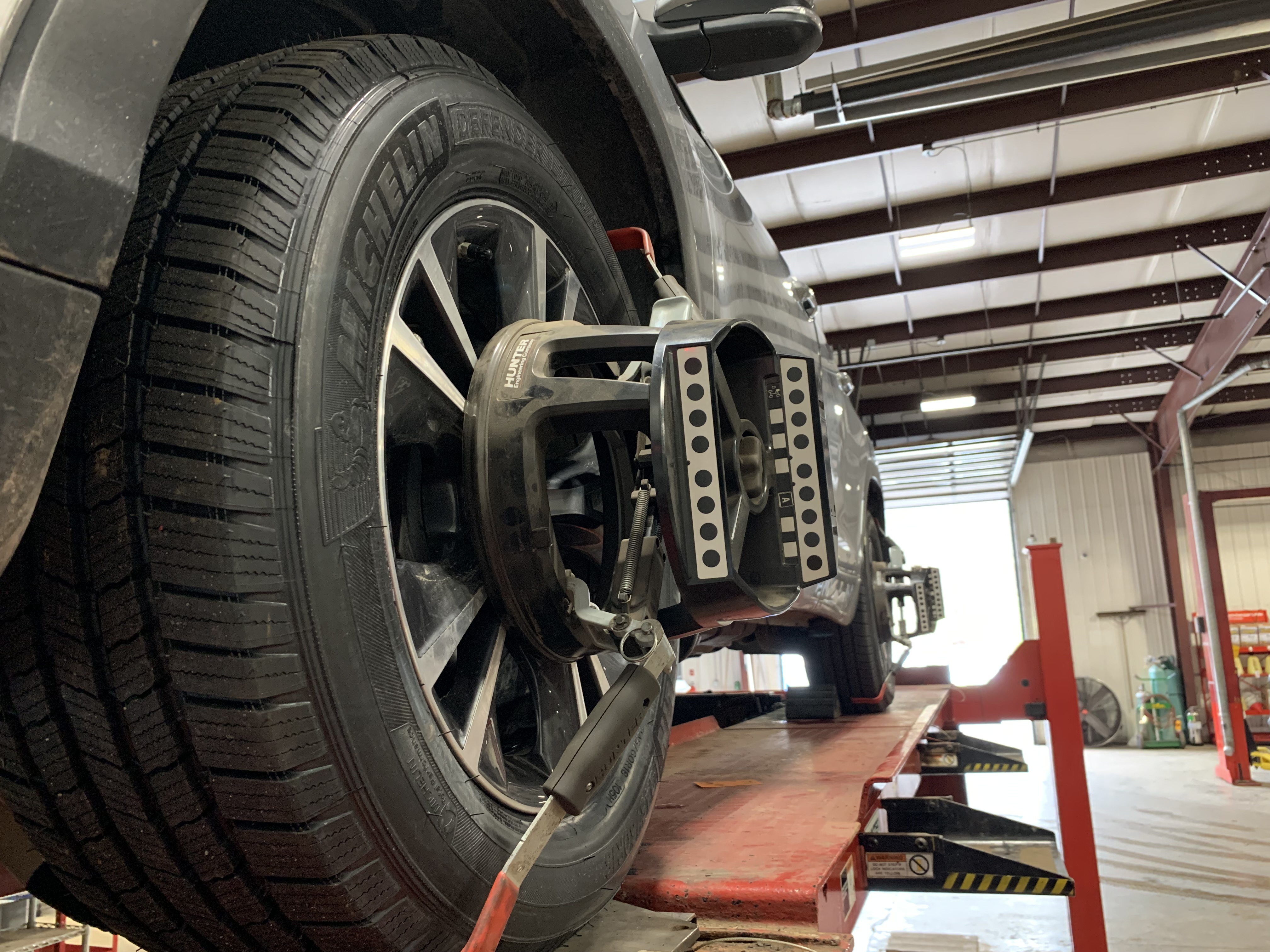
Many people confuse tire alignment with tire balancing and vice versa. While both services provide a smoother and seamless ride, these two services are not the same. Here's what you need to know about their differences. What is a Tire Alignment? Tire alignments (wheel alignments) are adjustments made to a vehicle's suspension system. This is where the vehicle connects to its wheels. This is not a change to the tires themselves. Our mechanics adjust the wheel angles to make sure the tires are making proper contact with the road. What are the Signs of Misalignment? Uneven Tread Wear Vehicle Pulling to the Left or Right Steering Wheel is Off-Center When Driving Straight Steering Wheel Vibration Squealing Tires What is Tire Balancing? A tire balancing service ensures the tire has an even weight distribution. And is usually performed along with a tire alignment service. Weight imbalances of just an oun ... read more
Posted on 4/7/2022
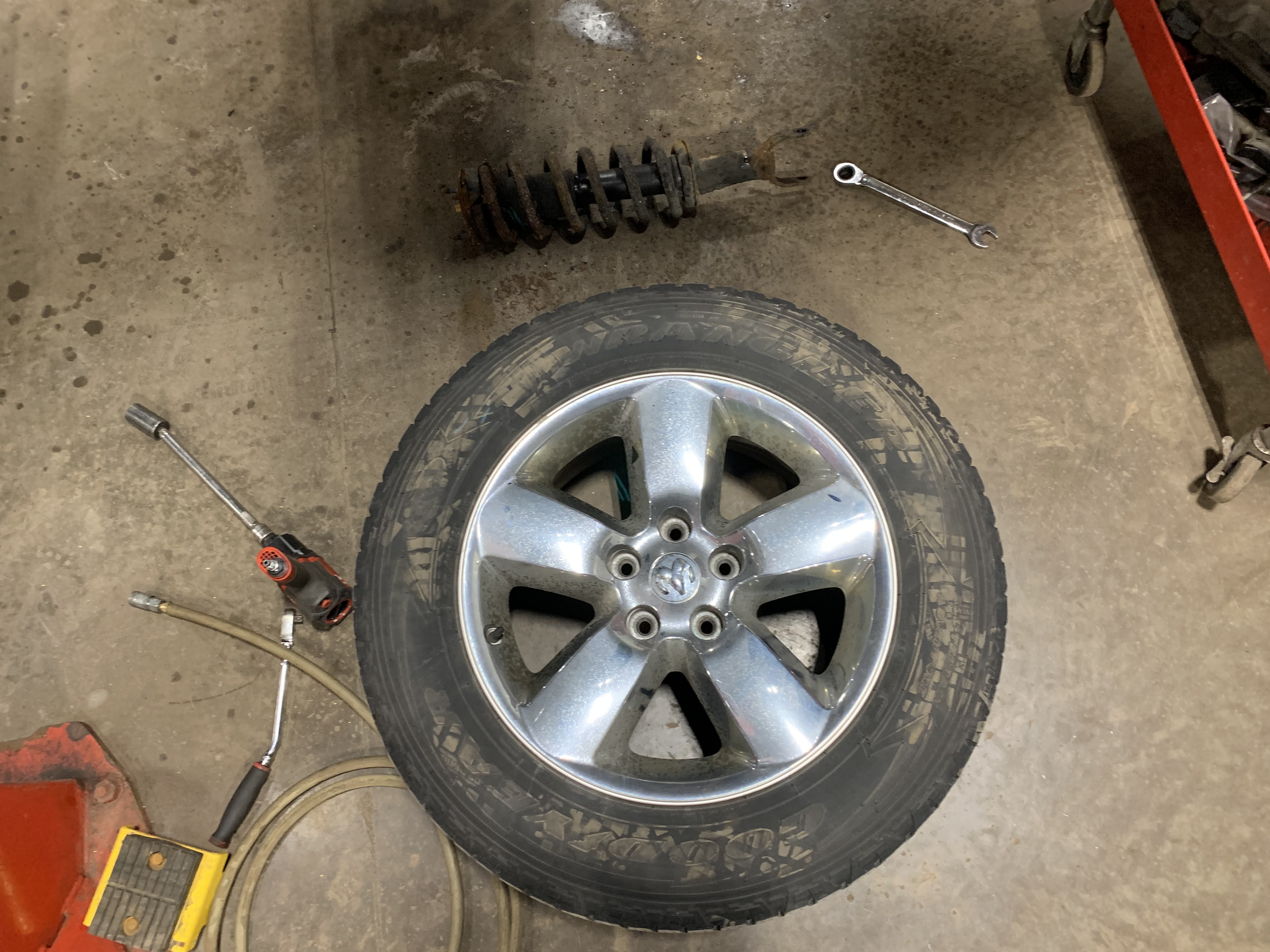
Why Do I Have To Rotate and Balance My Tires? Tire rotations and balancing are often overlooked when it comes to auto maintenance services. While they may seem unimportant, these services are extremely beneficial to the health of your tires. Regularly balanced and rotated tires prevent uneven tire wear and ensure that your tires last longer overall. WHAT IS A TIRE ROTATION? A tire rotation is when your tires are moved from one position to another. For example, a front tire is moved to the back and vice versa. This helps to ensure that the wear on all of the tires stays even over a period of time. WHAT IS TIRE BALANCING? Tire balancing adjusts the tire mounting to ensure that all tires are equally balanced so one side of the tire doesn't have more pressure than the other. It is another way to make sure that your tires wear evenly. These two services can increase the longevit ... read more
Posted on 2/4/2022
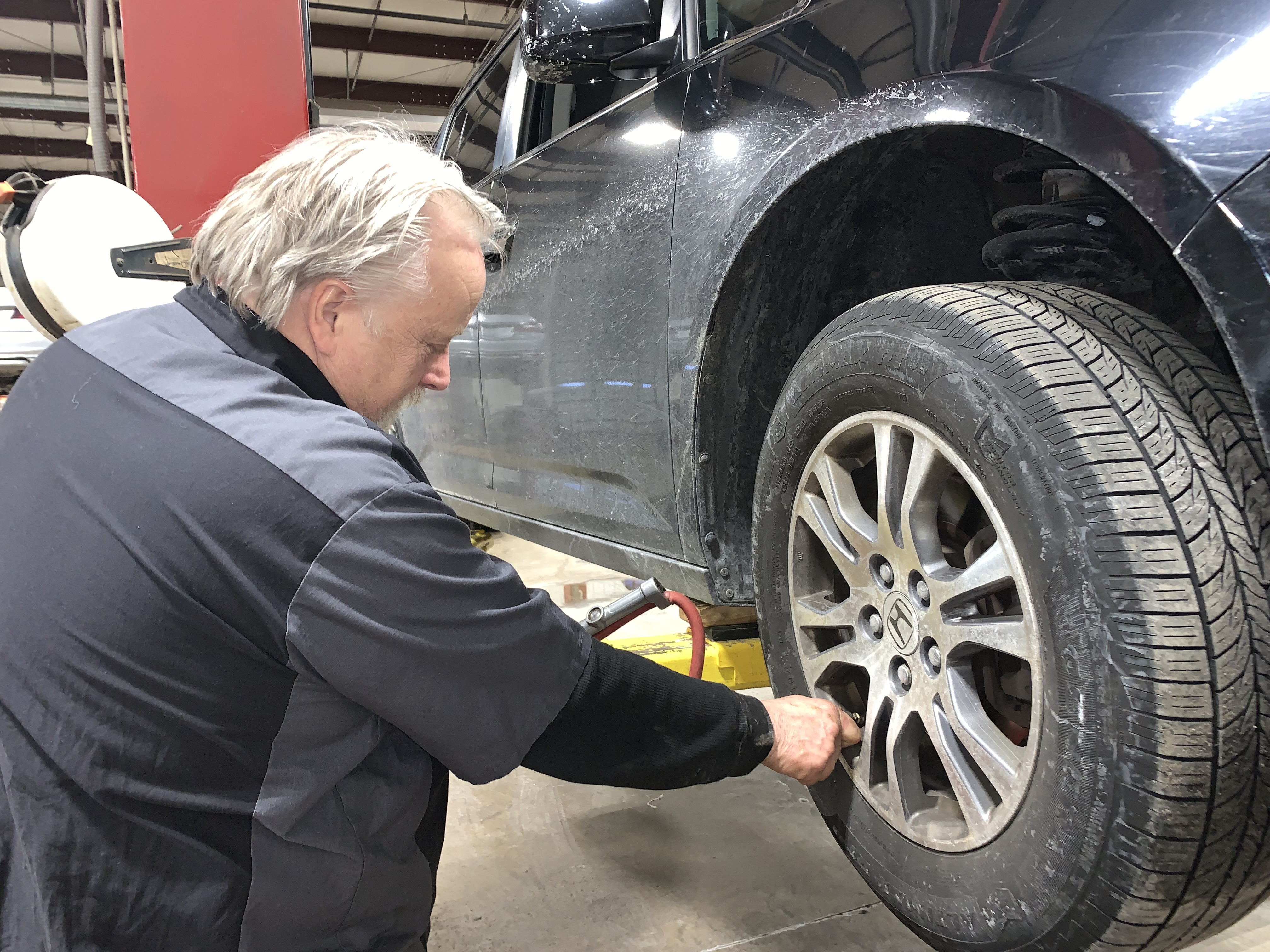
Why is my TPMS light on? There is always a level of concern that we feel whenever we are driving down the road and we hear that little “ding” and see that something has lit up on the dashboard. Is it a small, easily fixed problem coming up, or something much worse? One indicator that you might see light up is the TPMS, or tire pressure monitoring system. If you have not seen it before, it looks like a horseshoe with an exclamation point in it. When the TPMS light comes on it means one of two things; either your tire pressure is too high, or it is too low in one or more of your tires. Let’s talk about what you should do when this happens. Check the recommended tire pressure for your car Your car should have a recommended pressure for your front and wheel tires written on the doorjam of the driver’s door. If not, check your vehicle’s manual for the correct numbers. Sometimes, the front tire pressure is meant ... read more
Posted on 2/24/2021
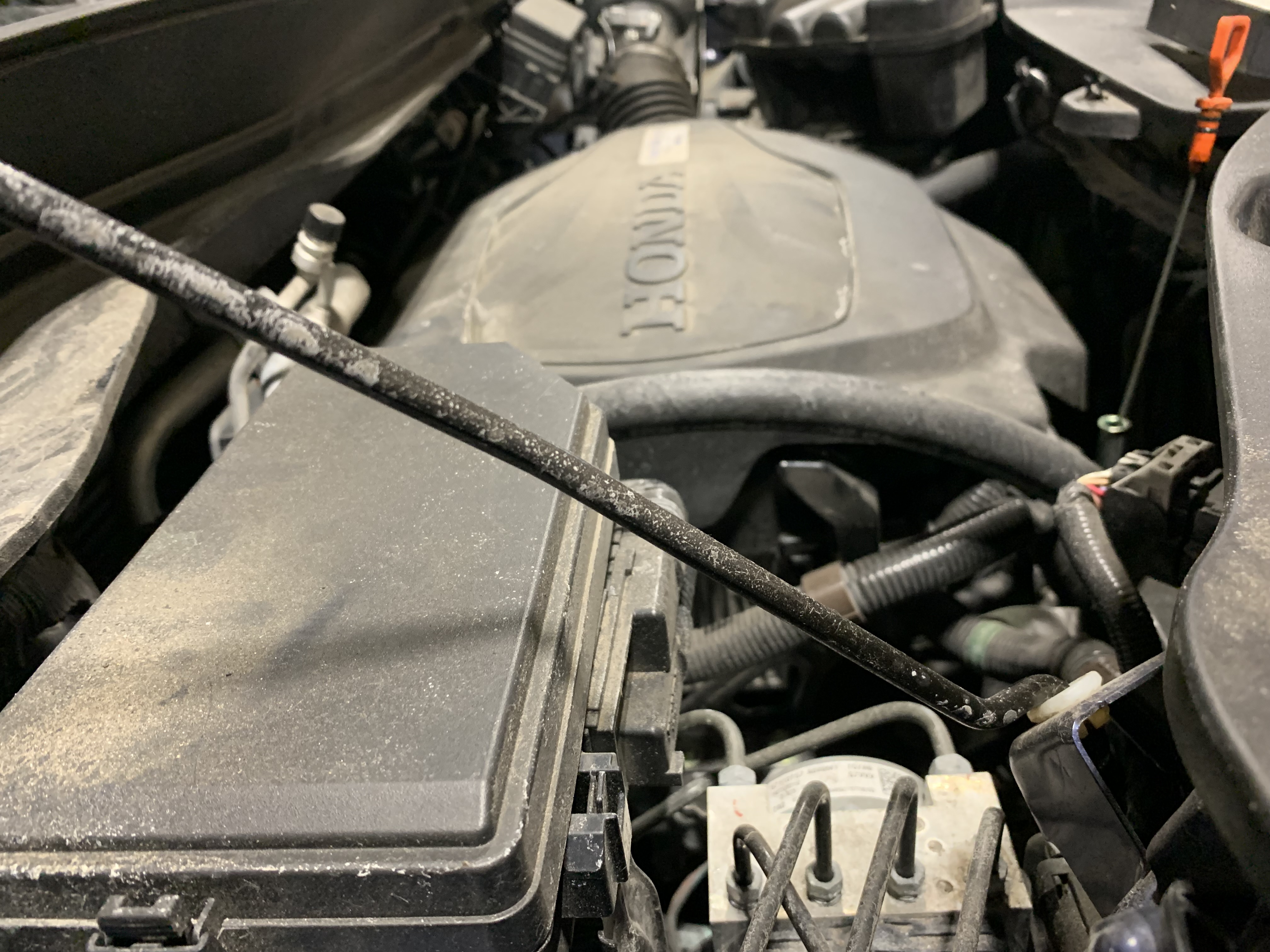
WHAT HAPPENS IF YOU DON’T DRIVE YOUR CAR FOR LONG PERIODS OF TIME? The last few years have had the world adjusting to a “new normal”. Many people are now working from home or not driving as much as they once were. We are often asked, “Will not driving my car have a negative impact on the engine, engine oil, battery, brakes and tires?” “What can I do to keep my car running smoothly during this transitional time?” Here are some tips to keep your car in top shape, even if you don’t drive it often. DO I HAVE TO DRIVE MY CAR EVERYDAY? It is not necessary to drive your car every day. Driving a few times a week can help keep things moving along and prevent running into issues in the near future. WHAT HAPPENS IF MY CAR SITS FOR A LONG PERIOD OF TIME? Vehicles that aren’t driven regularly will drain the battery. There are multiple systems that still draw power as a vehicle sits. Your car’s battery ... read more
Posted on 2/23/2021
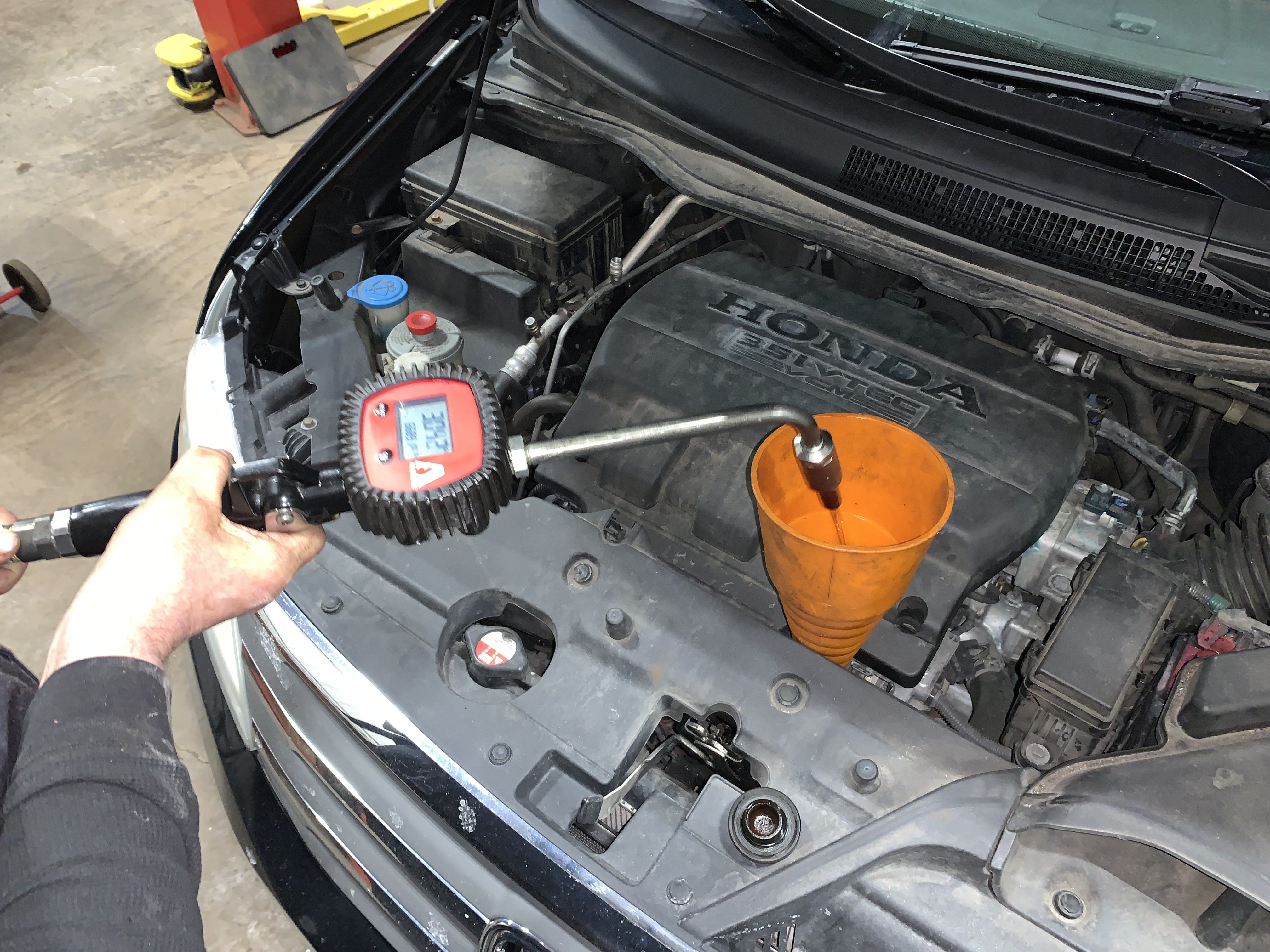
10-minute instant oil changes are convenient when someone is pressed for time, but it doesn’t allow for a thorough check of a vehicle to be done. These “quick lube services” are exactly that- QUICK. Quantity over quality. They typically have more than one person changing your engine oil and filter, topping off fluids, and checking air pressures in your tires. If you’re lucky enough, an experienced lube technician can alert you to a potential problem with your vehicle. These quick oil change centers are not equipped to complete more complex repairs. And would recommend you go to a full-service auto center to have your vehicle repaired. So why waste your time with an instant oil change when you can have the same service, plus a Multipoint, Digital Vehicle Inspection on your entire vehicle? All this for less than the price at an Express Instant Oil Change Center. At Lou’s, our 3,000-Mile Semi-Synthetic Oil Change Ser ... read more
Posted on 9/1/2019
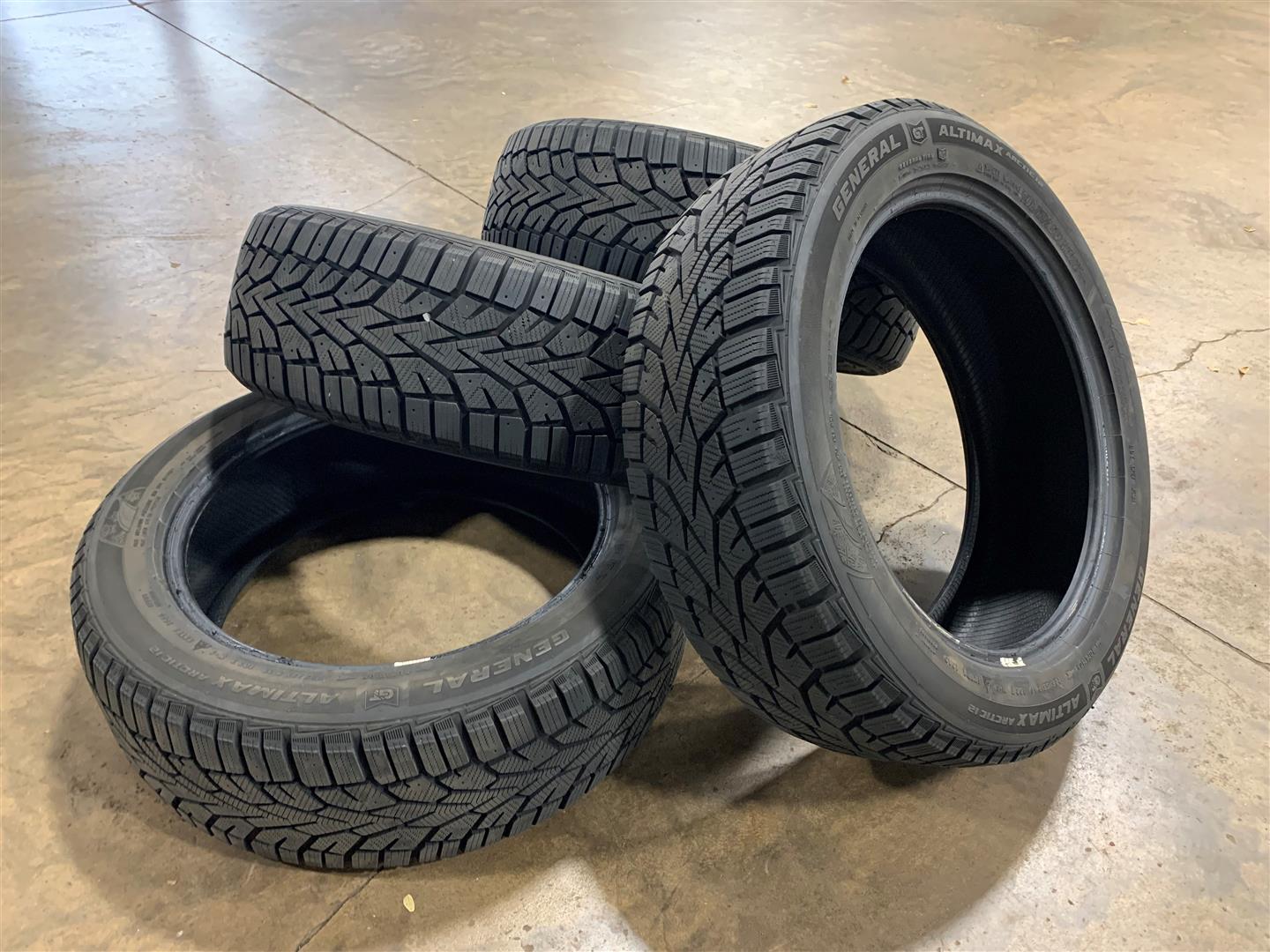
We are asked this question a lot! The All-Season Tire was introduced into the marketplace, providing motorists with better Winter Driving Performance than a Summer Tire. And the opportunity to avoid the cost and inconvenience of the biannual Winter Tire changeover. Even though All-Season Tires can provide safe All-Weather Performance, Winter Tires are more efficient once temperatures start to fall. Advances in tire tread compound and tread design have improved driving performance across the entire spectrum of tires, but especially with respect to Winter Tires. Modern Winter Tires offer up to 50% or more winter traction than All-Seasons. All Tire rubber will begin to stiffen as the weather gets colder, but the latest generations of Winter Tires maintain their elasticity even at extremely low temperatures approaching -22⁰F and below, thus providing superior traction and grip. Today’s Winter Tires are not only designed to ... read more